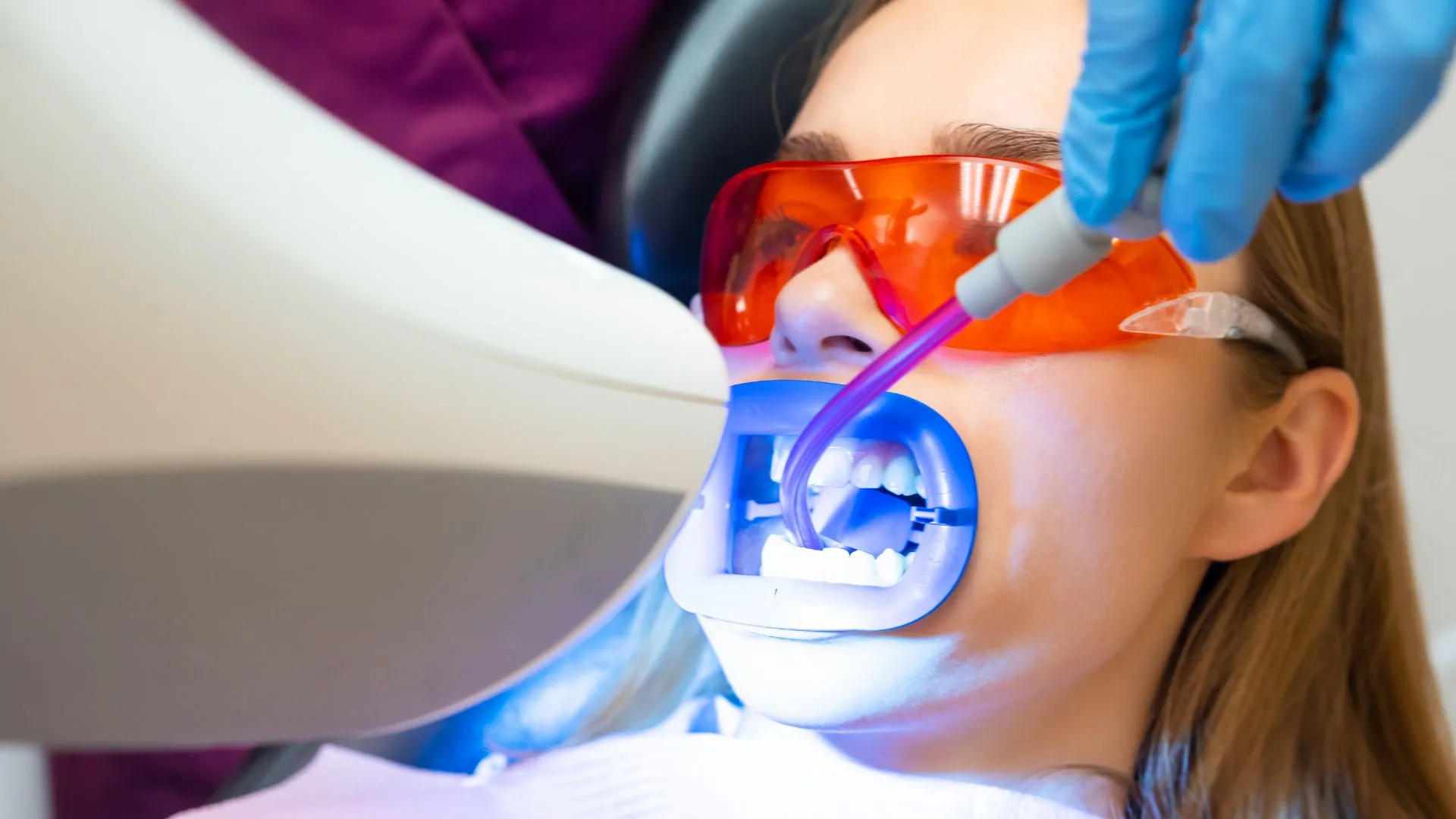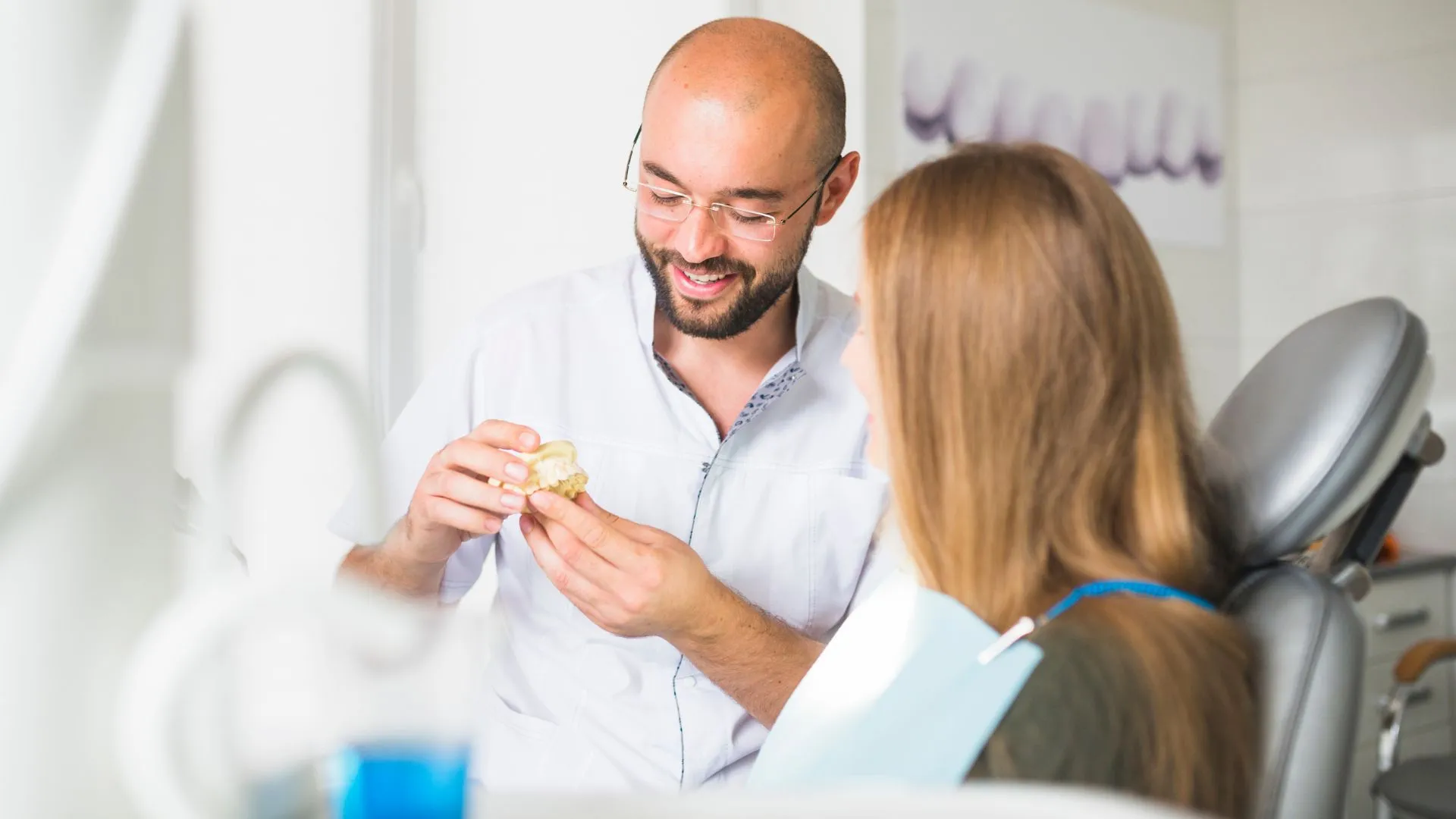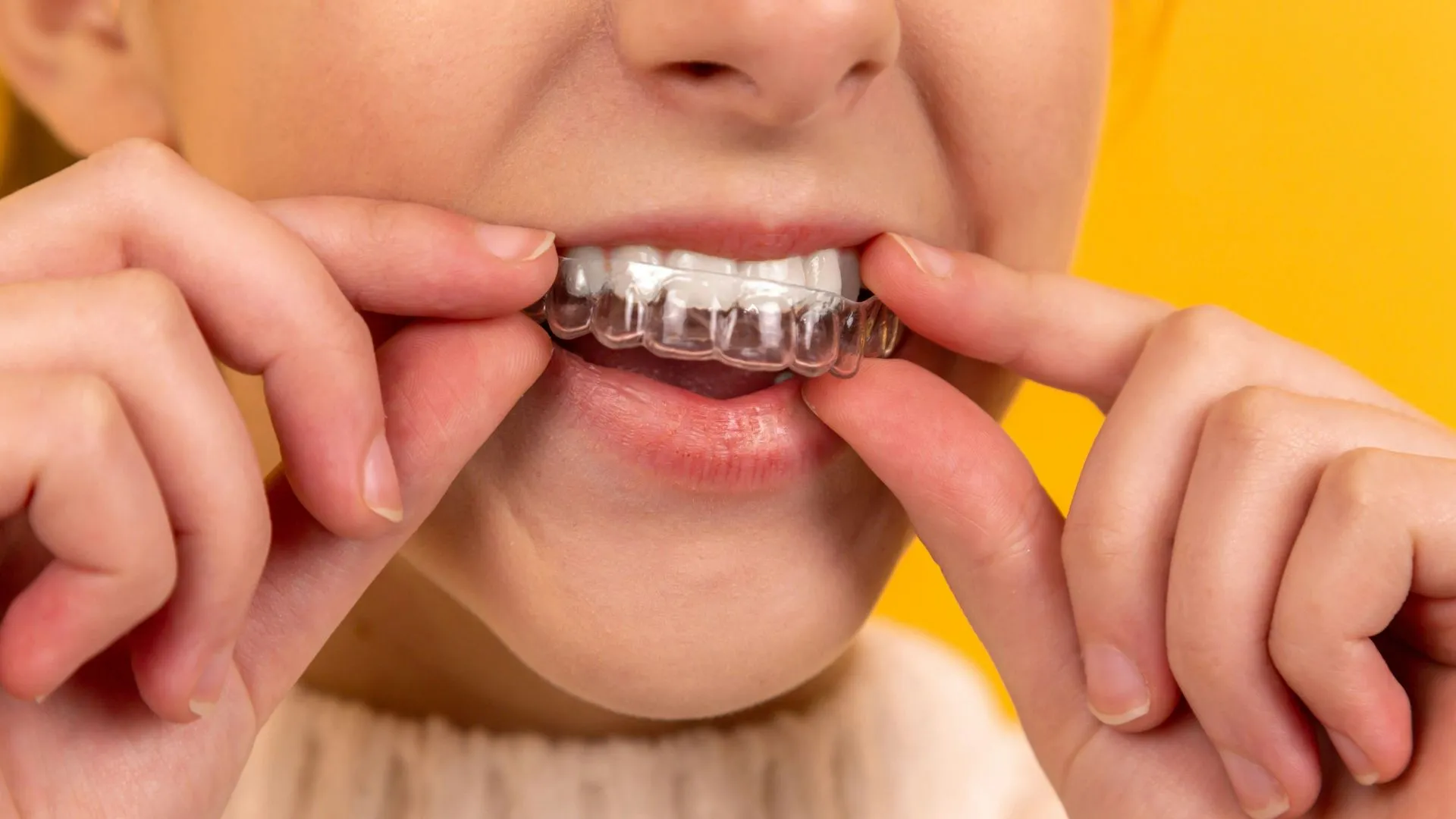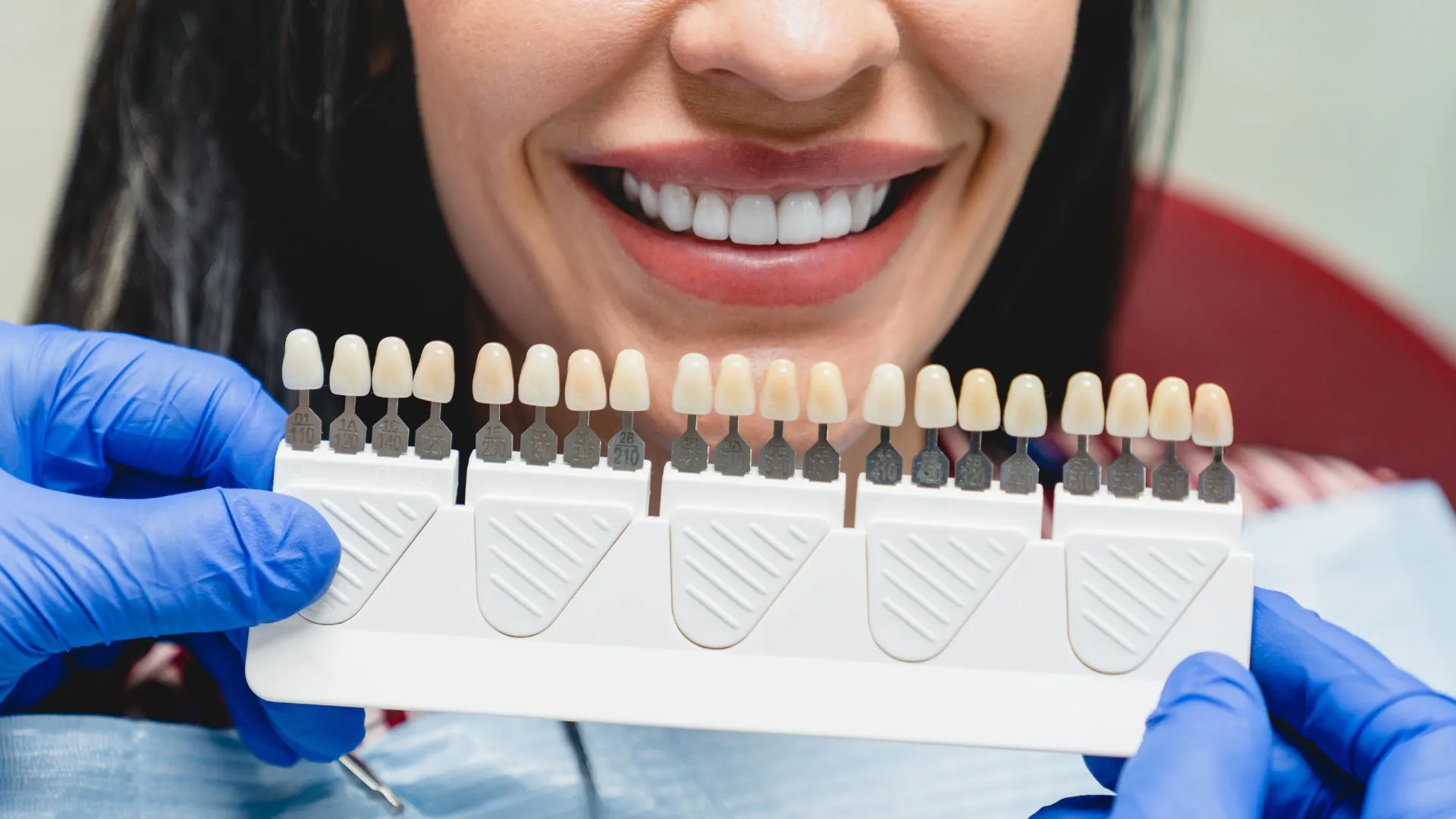Teeth whitening is one of the most popular cosmetic dentistry procedures out there. And honestly, it’s not much of a surprise. You can improve your appearance in one visit instead of going under the knife for drastic changes.
Teeth whitening is one of the most popular cosmetic dentistry procedures out there. And honestly, it’s not much of a surprise. You can improve your appearance in one visit instead of going under the knife for drastic changes.
In fact, there have even been studies conducted, like those at P&G, which show that this procedure can improve your confidence, love life, and work life. In short, it seems that teeth whitening has some fantastic benefits. Of course, we have to be realistic: like every procedure, there are some possible side effects.
The purported side effects are pretty minimal–such as sensitive teeth and gums–but a recent article begs to differ:
Does in-office bleaching produce more inflammation?
Researchers from Brazil wanted to know if the chemicals involved would damage the dental pulp of patients. Their study in the Journal of Applied Oral Science investigated using both in-office and at-home bleaching processes.
“Tooth bleaching is a technique of choice to obtain a harmonious smile, but bleaching agents may damage the dental pulp,” the authors wrote (J Appl Oral Sci, September-October 2016, Vol. 24:5, pp. 509-517).
Teeth bleaching is generally considered a conservative and effective technique, but the pulp’s inflammatory response should be better understood before a bleaching technique is used clinically, the researchers noted. They measured inflammatory events and cells involved in the human pulp response to at-home and in-office bleaching.
The researchers found that in-office bleaching with 38% hydrogen peroxide had “more intense inflammation, higher macrophages migration, and greater pulp damage” than the carbamide peroxide group. They noted, however, that these techniques did not induce migration of mast cells and actually increased the number of blood vessels.

While this study may be discouraging to those looking into whitening, there are some silver linings. After all, the study said that while hydrogen peroxide systems may cause inflammation and pulp damage, carbamide peroxide didn’t have this issue as much.
Furthermore, if a patient is worried about the bleaching concentration–which can have a 30% to 40% concentration of hydrogen peroxide–they should just ask their dentist for a ready-to-go option. These take-home trays are great because they are stronger than store-bought systems, but the concentration of hydrogen peroxide is much less (around 5% to 15%).
Patients also need to understand that concentration is not the only deciding factor of side effects. The length of application is important too. If you do decide to use a take-home tray, you can’t keep the whitening gel on, or it will cause sensitivity and dehydrate the enamel.
The following video points out that you only need a small drop of gel for at-home trays to be effective:
So if there are ways to mitigate the previous study’s issues, what’s the problem? Prevention.com may have the answer. While whitening is generally very safe, some people go overboard. People may weigh the pros too heavily and be disenchanted when they don’t get the shade they want, so they ignore the recommended dosage:
Are You Obsessed with Whiter Teeth?
Unfortunately, many people don’t stop when they should. “Ten years ago, people weren’t even aware of bleaching,” says Irwin Smigel, DDS, president of the American Society for Dental Aesthetics. “Now every dentist I know has had to cut off at least one patient because of overbleaching. People come in with great, great pain, and I can see immediately from the color of their teeth and the irritation along the gums that they’ve been bleaching and bleaching.” The urge to keep whitening may spring from the fact that teeth stubbornly refuse to maintain their same sparkling brightness for long. “Once you stop with the bleach, it regresses—your teeth start returning to their original color,” says Smigel. “Very few people are happy with the color once it starts regressing, so they’ll do teeth whitening again and again.” Dental laboratories are working to keep pace by creating new caps, fillings, and crowns in ever-brighter shades. For some individuals, the pursuit of blindingly white teeth can become a true obsession. “There’s anorexia nervosa among certain people who desperately want to be thin, and there’s also a similar syndrome for people whose teeth are never white enough,” says John W. Siegal, DDS, a New York City dentist. This can go so far as to be classified as a form of body dysmorphic disorder (BDD)—a distorted view of one’s features that becomes so consuming that it interrupts daily functioning and requires psychiatric treatment—says Katharine A. Phillips, MD, a professor of psychiatry at Brown Medical School.
If you have a realistic expectation of how many shades your teeth can change, you’ll most likely be fine. Dentists can tailor each solution so you’re less prone to side effects. And keep in mind that how white teeth stay will depend on eating habits and lifestyle choices, like smoking.
For example, if you drink a lot of tea, the whitening may fade in as little as one month. But some people may only need touch-ups here and there and could have white teeth for a year or more! The main point is that people shouldn’t overbleach and risk pulp damage. If they are unhappy with their color, they may want to not only talk with the dentist but consider their habits.




